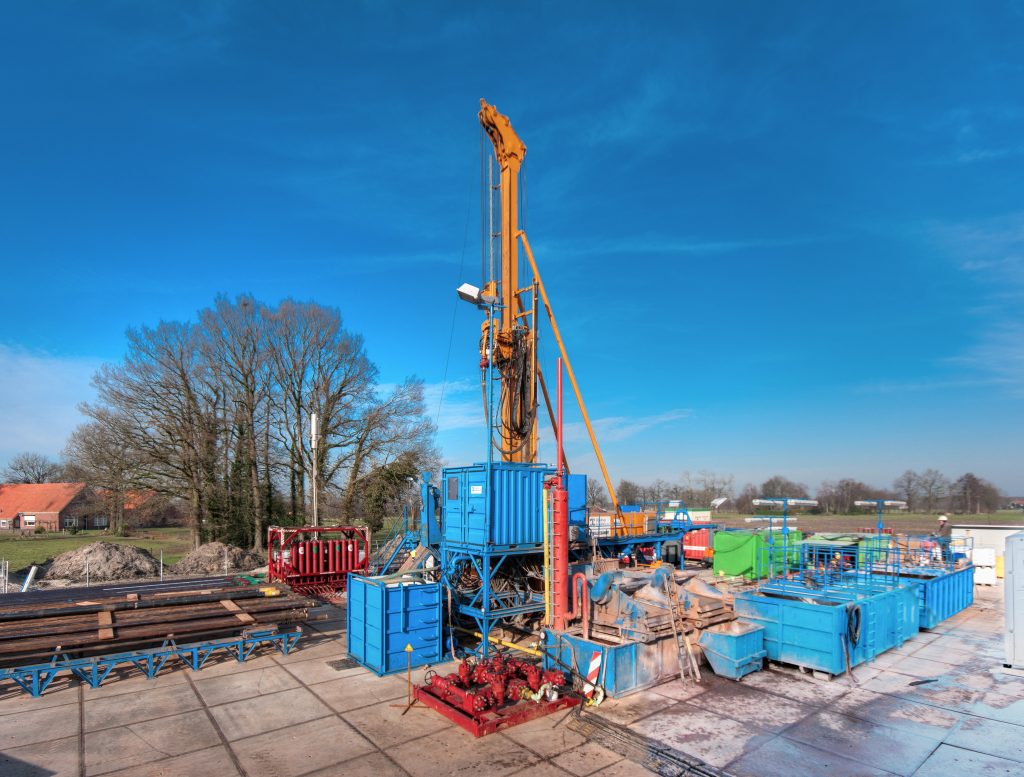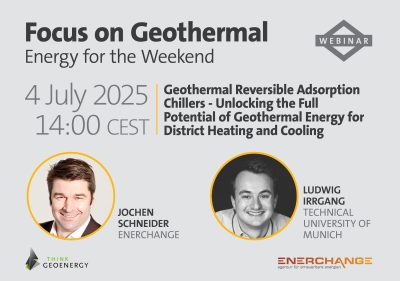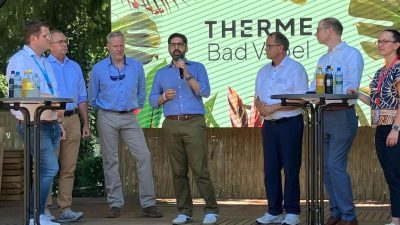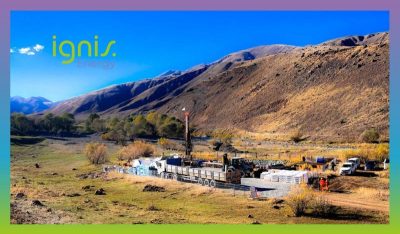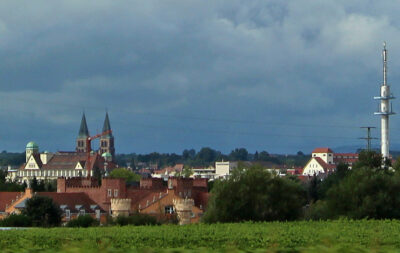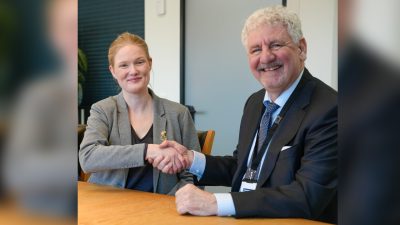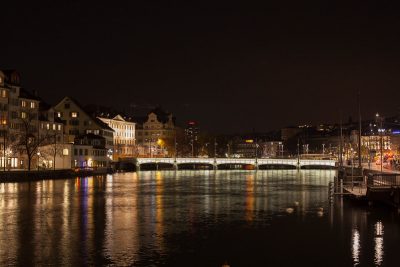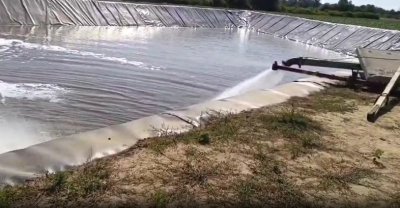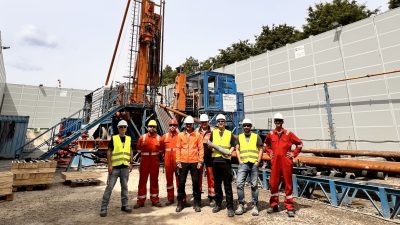Preparations ongoing for geothermal research drilling in Krefeld, Germany
Preparation work is being done at the drilling site for a research well to evaluate geothermal resources in Krefeld, North Rhine-Westphalia, Germany.
A small area is being closed off in the city of Krefeld in Germany in preparation for drilling of a geothermal research well by the Geological Service of North Rhine-Westphalia (GD NRW). The well, which will be drilled to a depth of around 1000 meters, will provide essential information on a specific limestone horizon that can potentially host a geothermal resource.
The research drilling is part of the state-wide exploration and drilling program “Geothermal energy – We are exploring NRW / Geowärme Wir erkunden NRW” and is part of the NRW Geothermal Energy Master Plan. “On behalf of the state, we are exploring the subsurface throughout North Rhine-Westphalia using various technologies in order to create the basis for using the climate-friendly heat from the interior of our earth,” explains Dr. Ulrich Pahlke of GD NRW.
Investigating the limestone layer
Valuable findings are provided by drill cores, which are then examined in the GD NRW. In addition, extensive geophysical measurements are carried out in the borehole. A pumping test is intended to provide information on water permeability. The drilling data is representative of the region, will be presented to the public and will then be freely accessible. The drilling in Krefeld is a pure research drilling to explore the limestone in the subsurface.
The drilling is intended to penetrate the limestone of the so-called carbonate limestone completely. The experts suspect that the geological formation at the drilling point is between 400 and 700 meters deep.
“Even if the carbonate limestone is deeper than expected, with a drilling depth of 1,000 meters we have enough leeway to drill through its entire thickness,” explains geothermal expert Ingo Schäfer, project manager at GD NRW.
“As soon as we have drilled through the limestone layer and come across the sandstone underneath, we will stop drilling.”
Minimizing community impact
The preparation of the drilling site, the drilling work, the subsequent investigations in the borehole, its professional backfilling and the dismantling of the drilling rig will take a total of around five months. During this period, the rear parking lot of the town hall on Konrad-Adenauer-Platz/Girmesgath will be partially closed. Once the work is completed, the parking lot will be returned to its original state and will therefore be fully usable again.
“We planned the drilling so that residents are affected as little as possible and there are still enough parking spaces available,” emphasises geologist Dr. Stephan Becker, head of the drilling project at GD NRW. Ten-metre-high protective walls are being erected to shield against noise emissions.
Groundwater protection is also guaranteed, as the drilling site is being designed in such a way that substances that are hazardous to water, such as machine oil, cannot get into the subsoil and surrounding waters. For this reason, the borehole is also lined with cement on the inside. The use of environmentally friendly drilling fluids and the professional disposal of the deep water extracted were also prerequisites for the granting of the drilling permit.
Source: Geowärme Wir erkunden NRW
